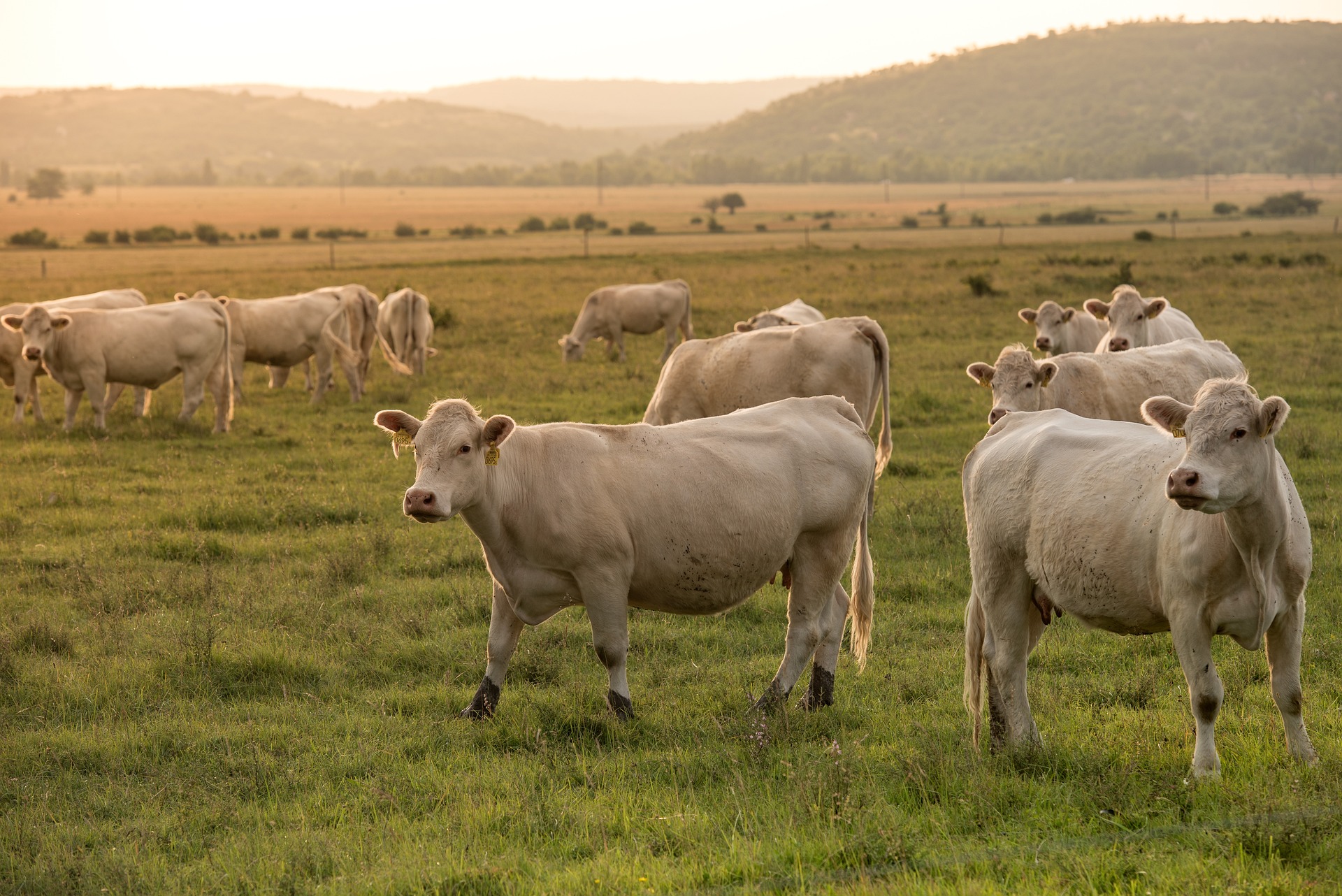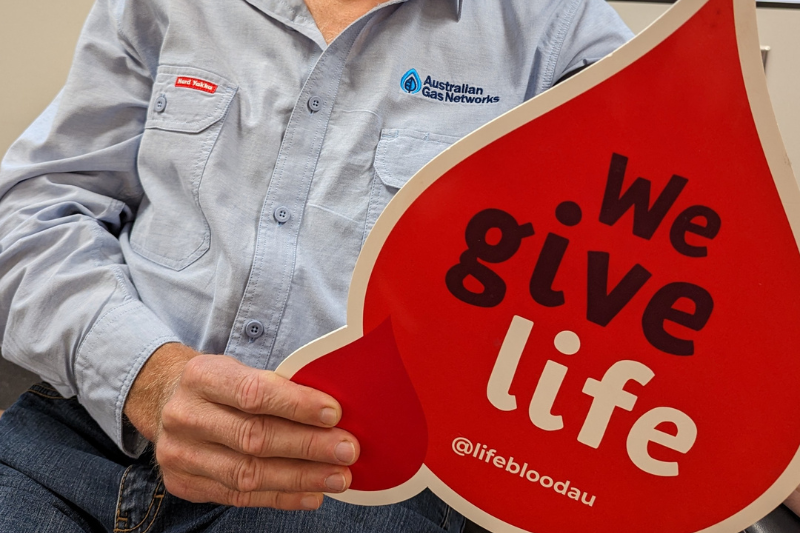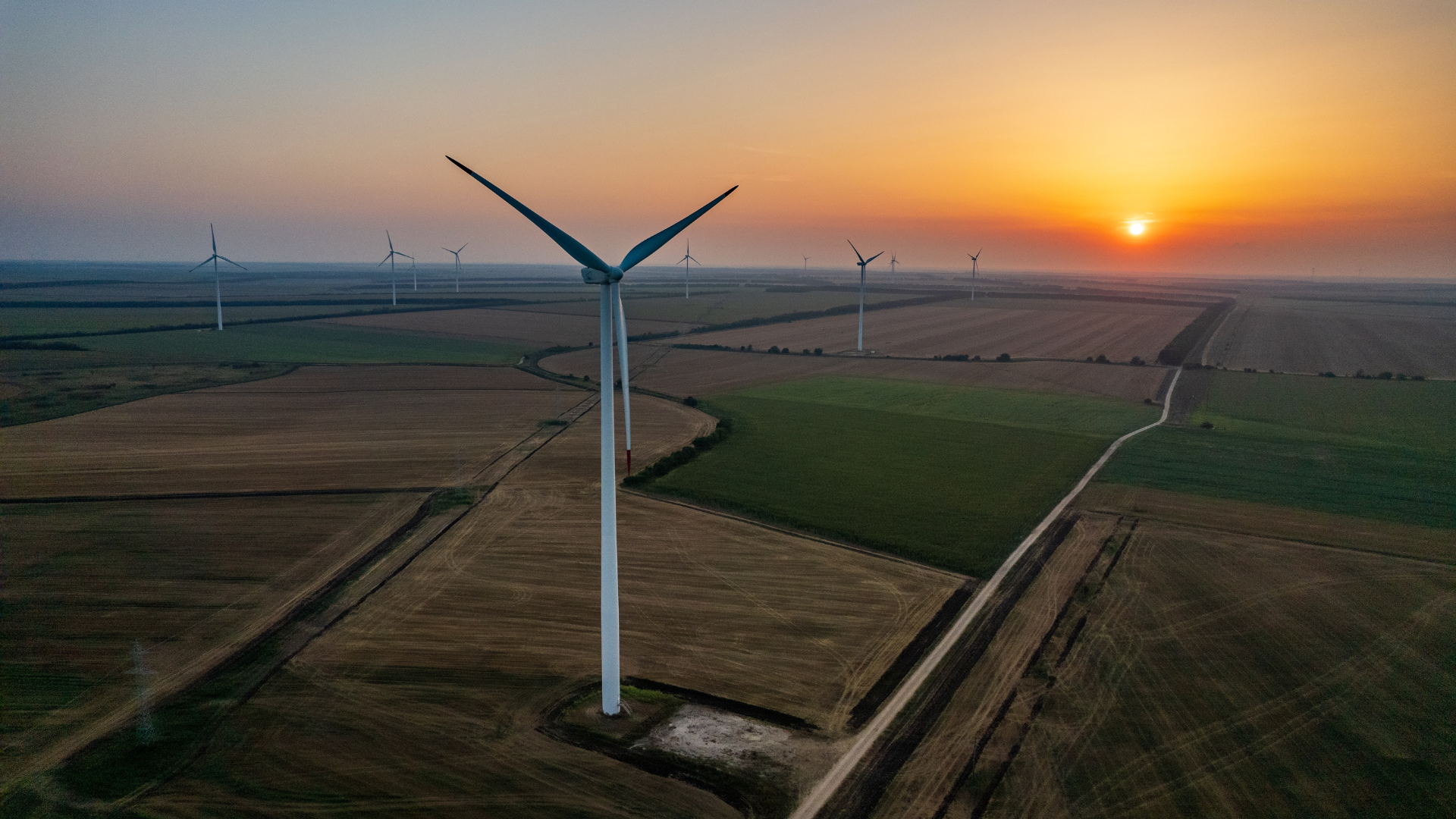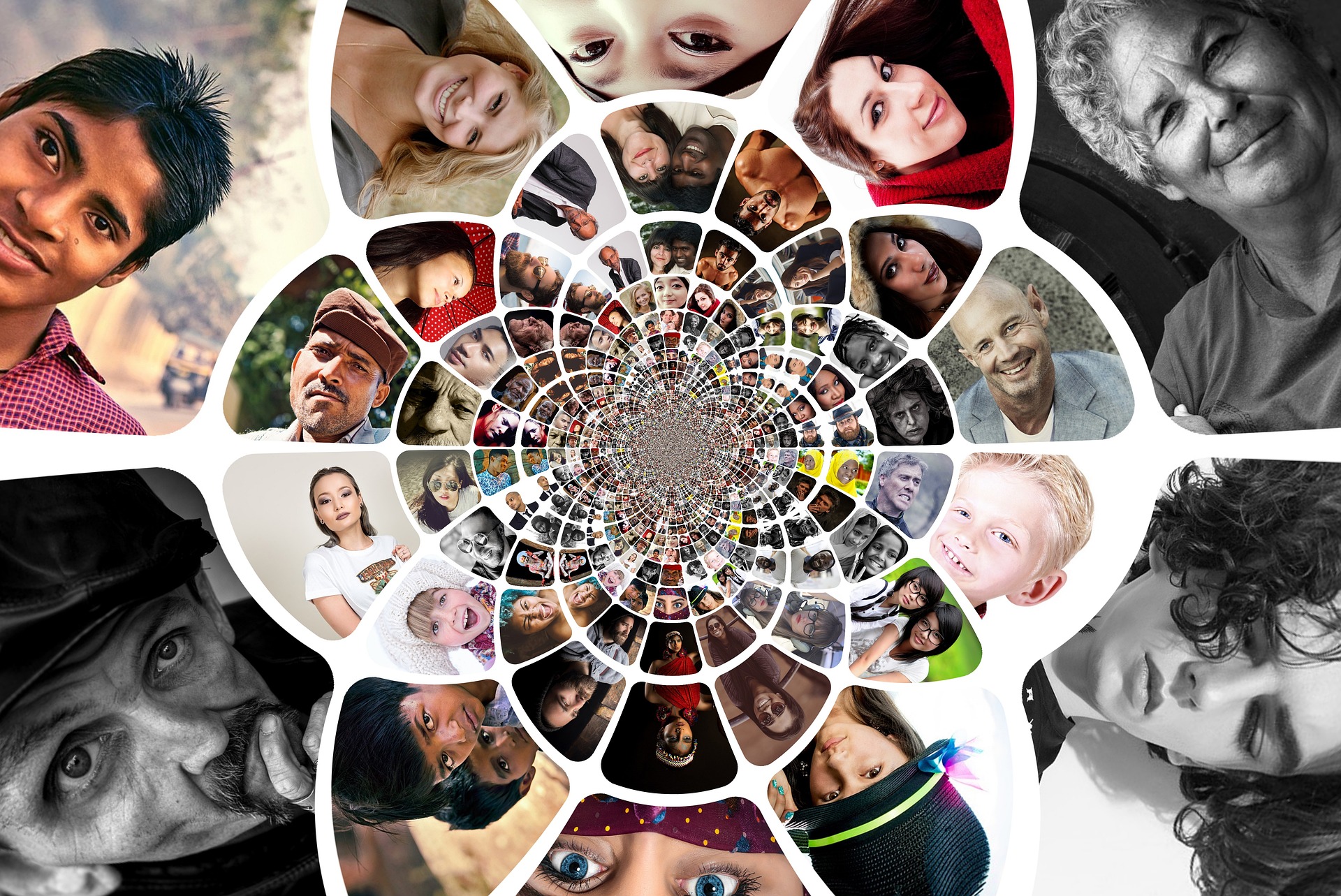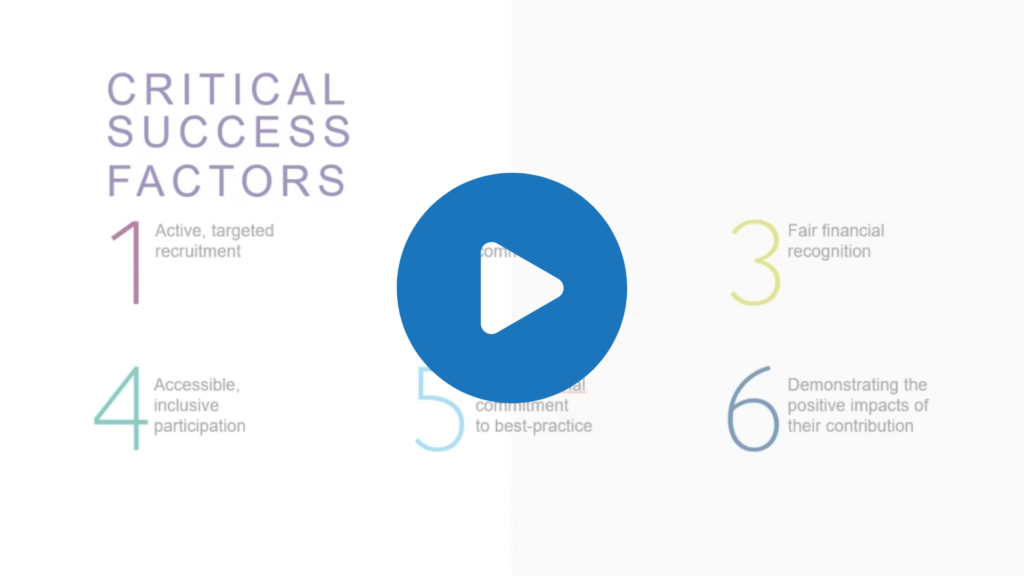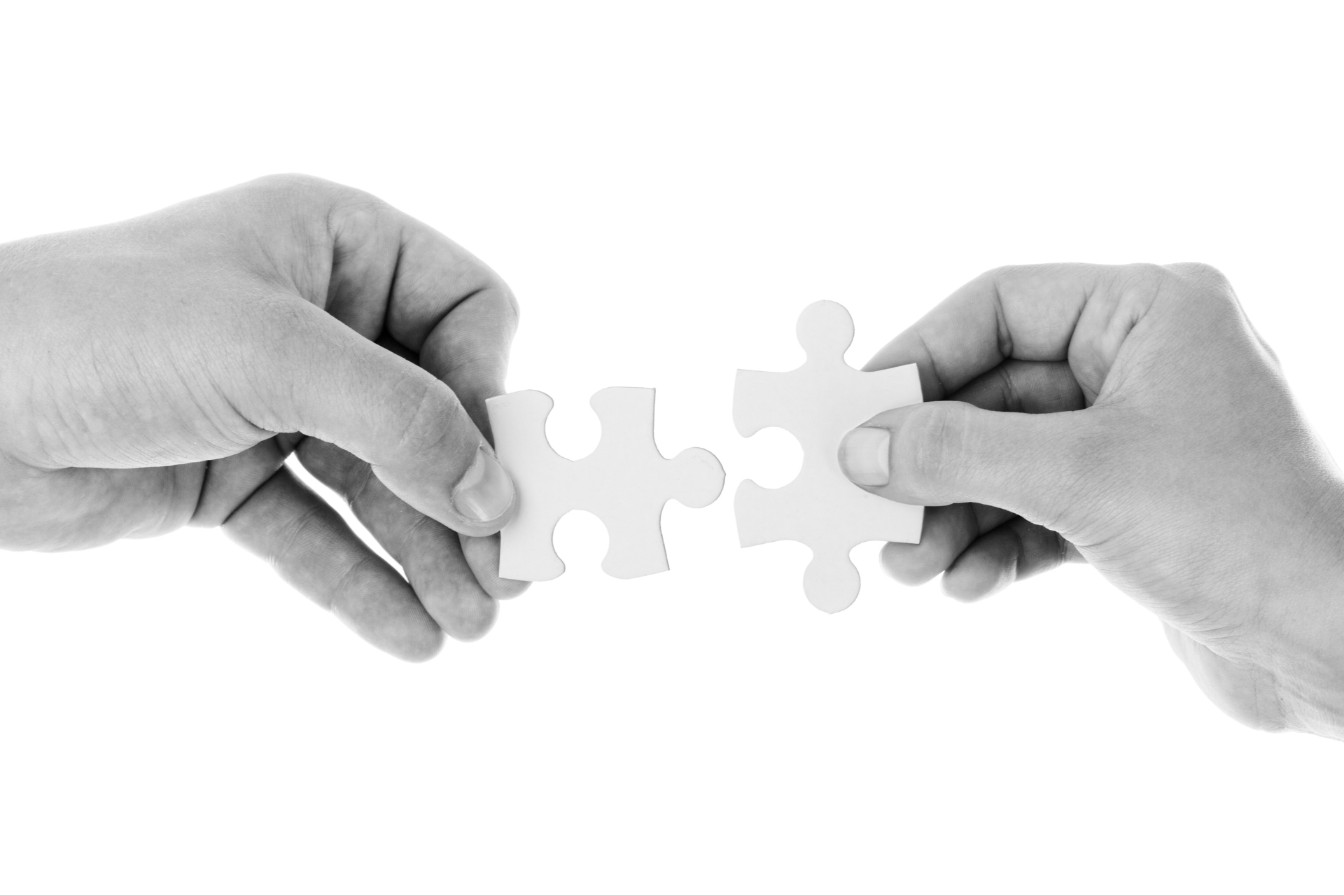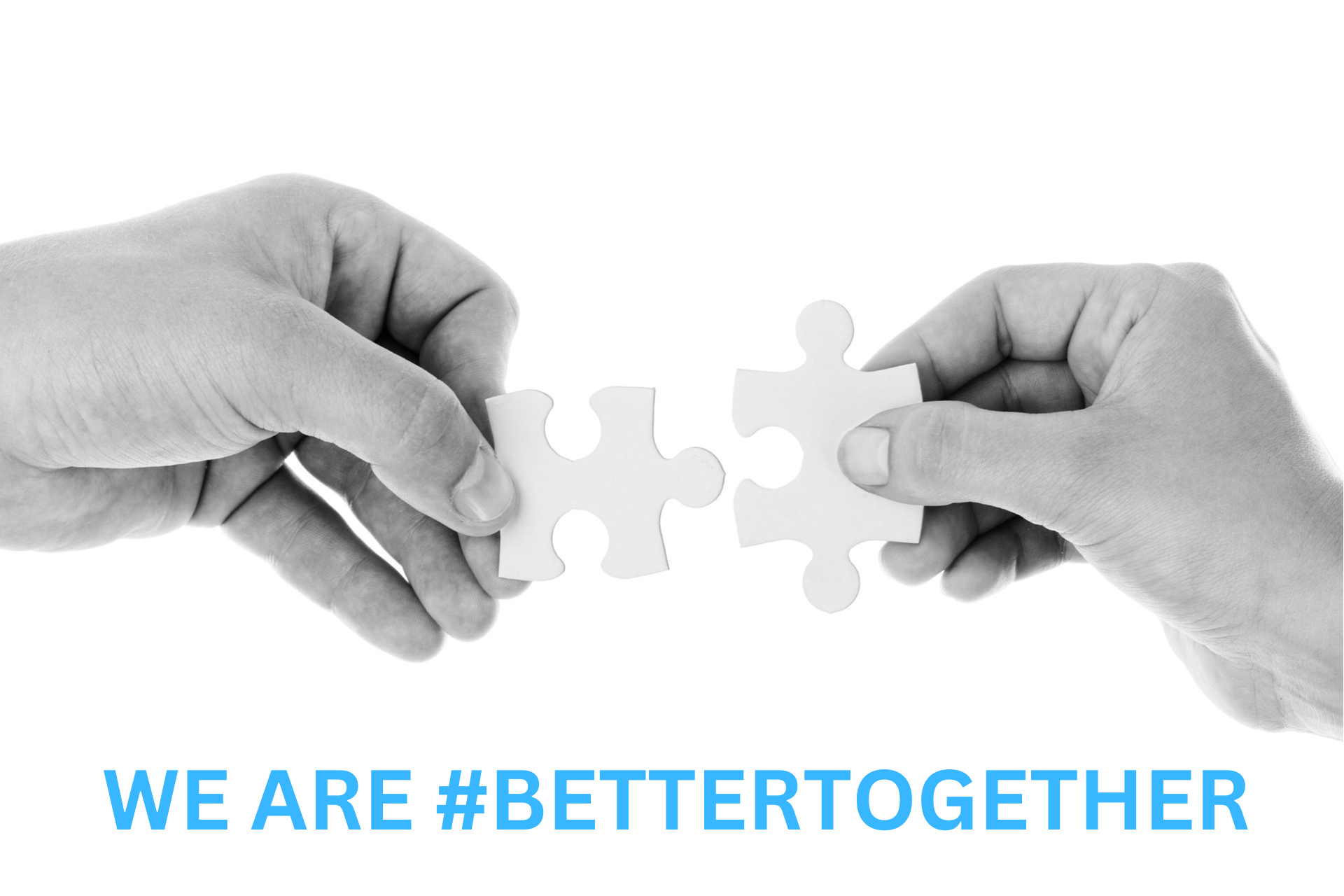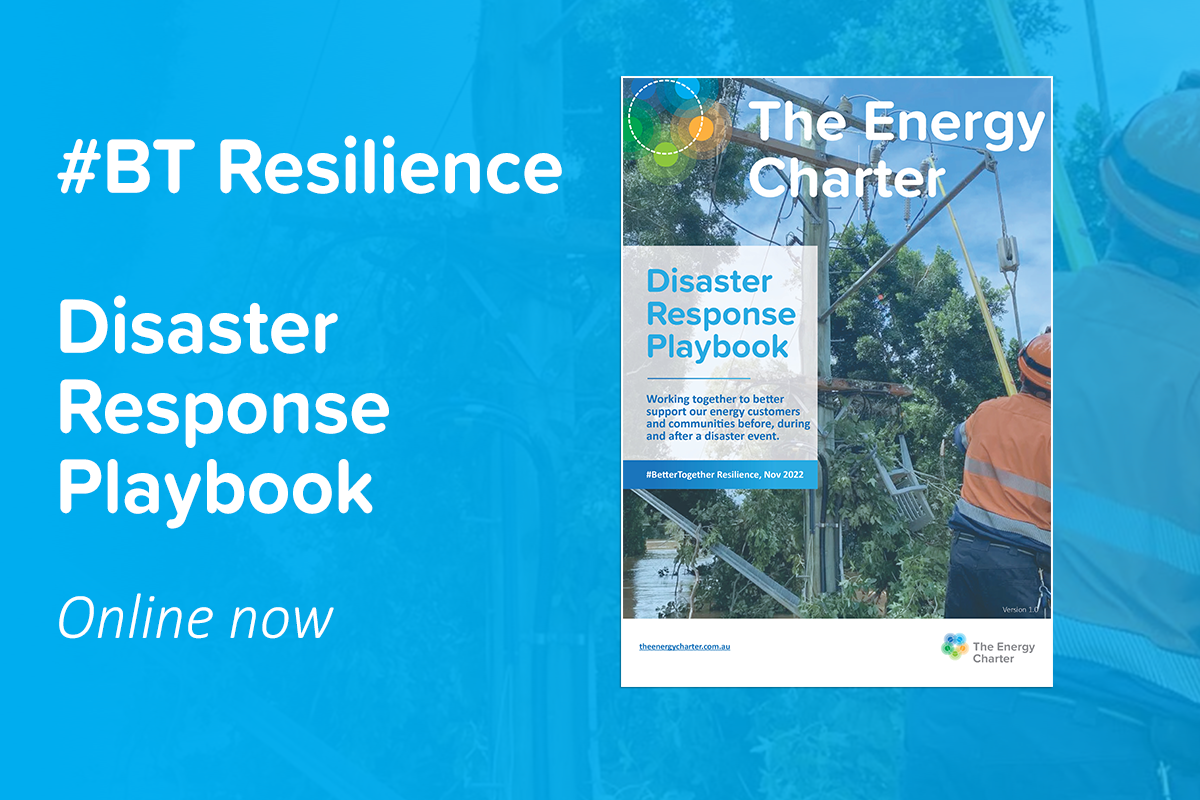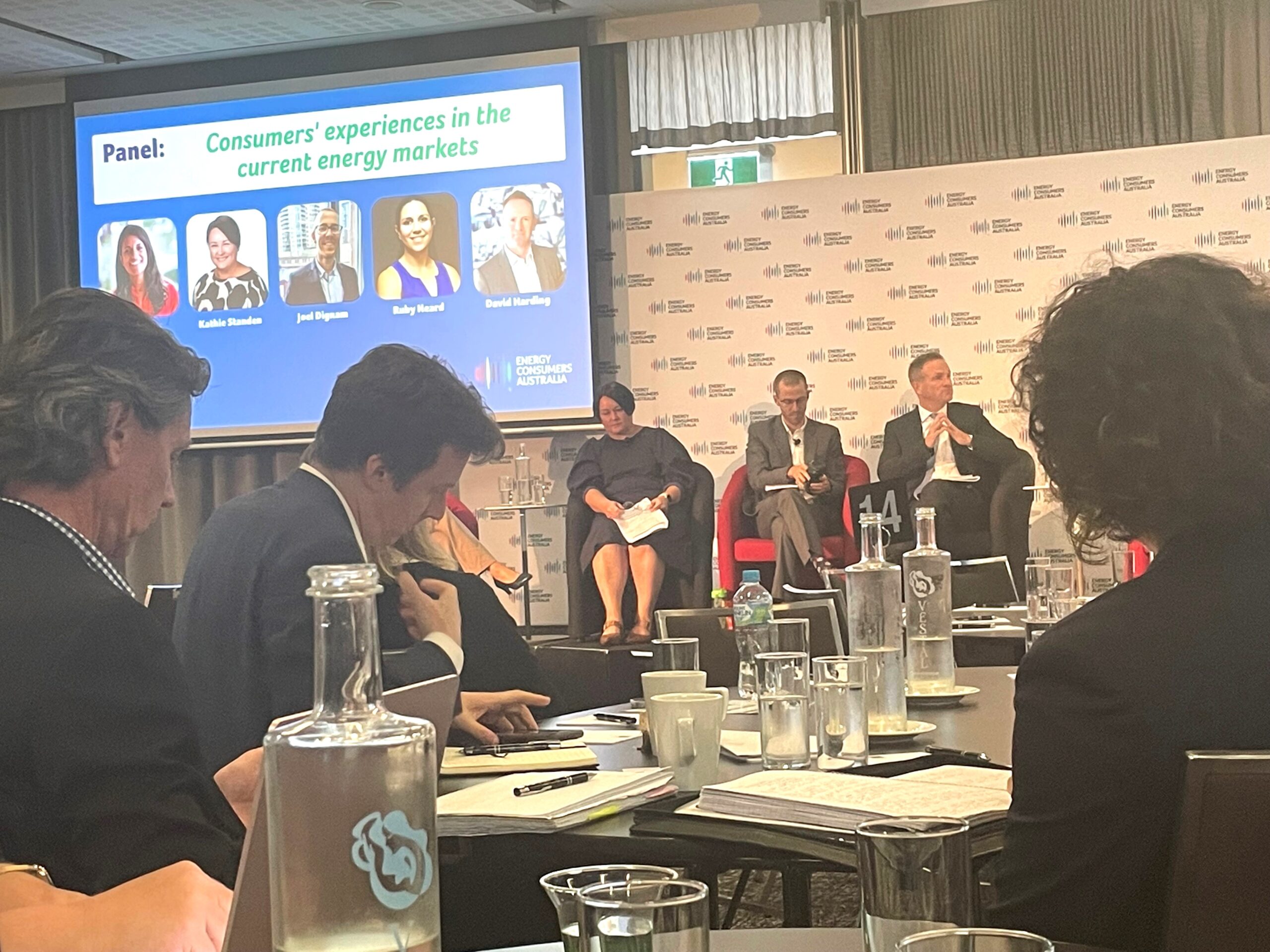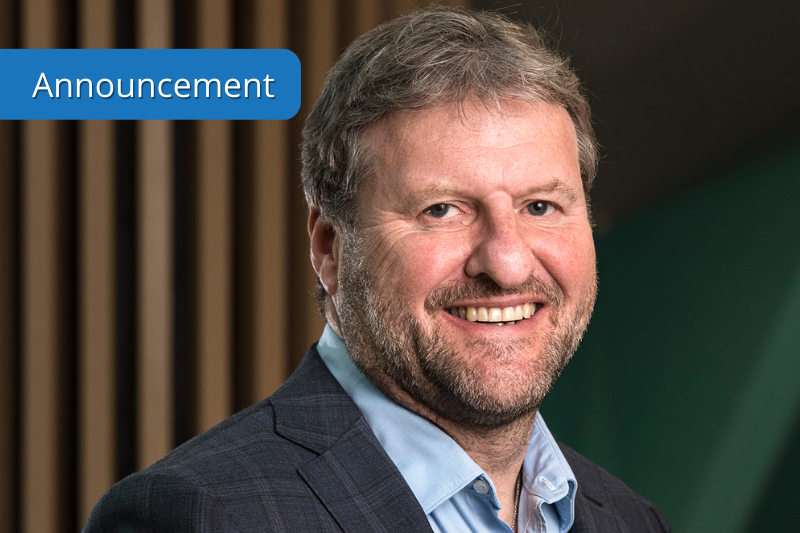In this May 2023 News Update, CEO Council Chair, Guy Chalkley highlights the upcoming launch of the Better Practice Social Licence Guideline with an impressive panel across the agricultural and energy sectors, the First Nations Community Engagement Toolkit launch which includes insights and conversations to highlight practical ways to better engage First Nations communities, our Concessions campaign and more.
#BetterTogether Blood Drive 2023
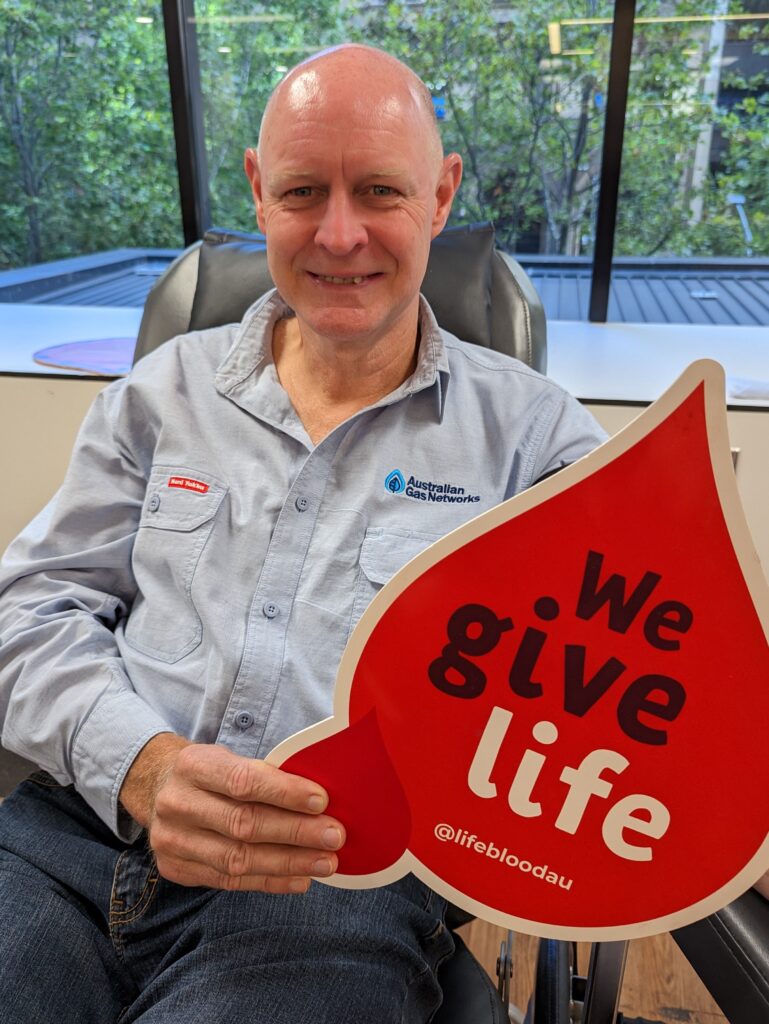
What's the Energy Charter #BetterTogether Blood Drive?
Each year, the Energy Charter invites all Signatories, Collaborators and Supporters to participate in the annual Energy Charter Blood Drive, an initiative which unites organisations across Australia to give life by giving blood and plasma.
Australia needs 33,000 donations every week. From 1 February to 30 April 2023, we asked our energy businesses to give blood like life depends on it!
This year’s challenge goal was to make 1,400 donations collectively, which has the power to save around 4,200 lives: 1 blood donation has the power to save 3 lives.
How’d we do against our shared goal?
While we didn’t make it to 1,400, together we made a very solid contribution to the blood bank with 1,313 donations made. This equates to 3,846 lives saved.
Every donation, from every team is valued – not only from Lifeblood, but by the many recipients and their loved ones who are impacted by serious health conditions.
The 2023 Blood Drive leader board
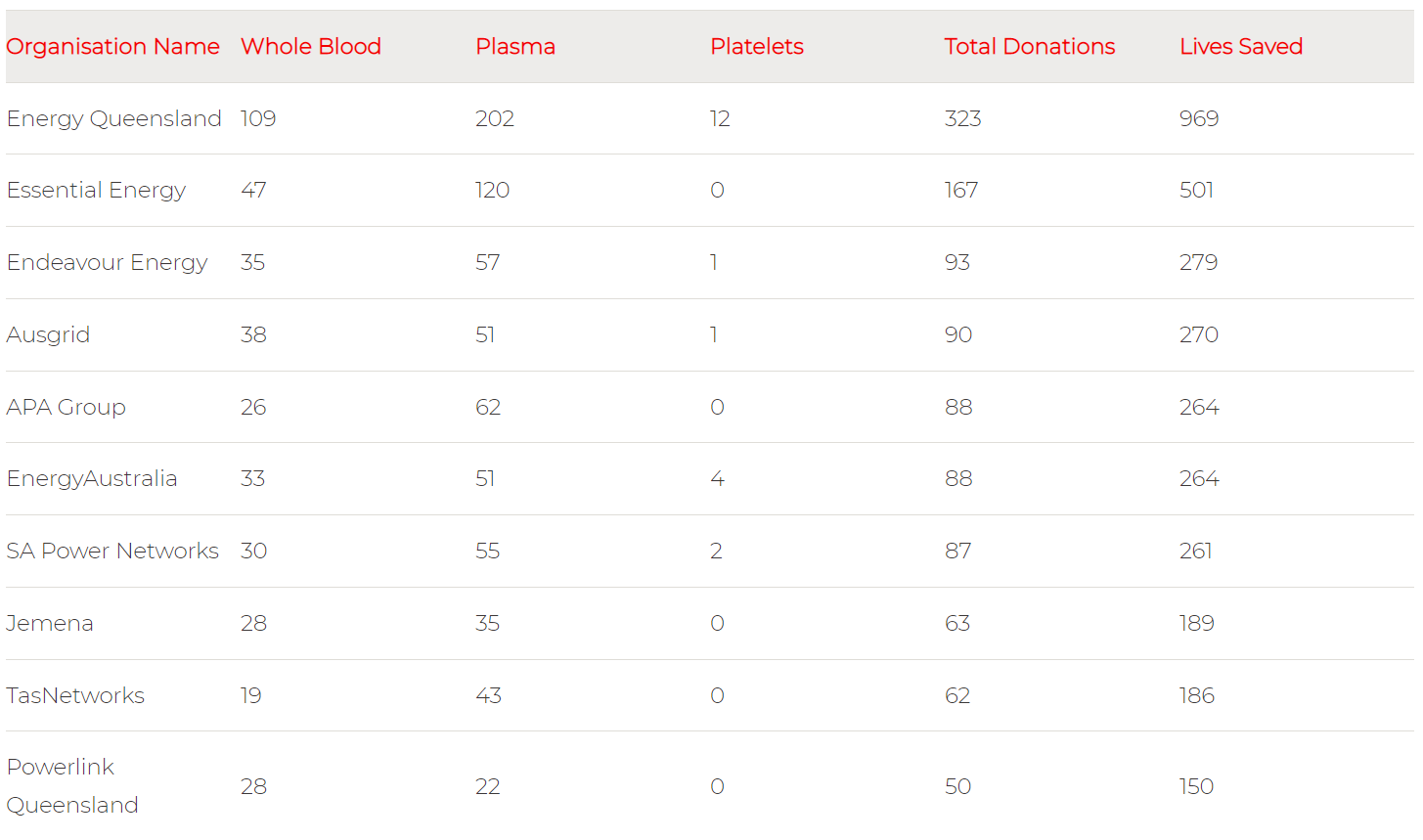
For a full list of all donations, please visit Lifeblood challenges.
While we don’t mind a bit of friendly competition; at its core the blood drive is really just another way we can come together around a community need, and each play a part in contributing to a solution.
…Because we are #BetterTogther.
To everyone involved, once again, thank you for supporting this year’s blood drive!
How the Blood Drive is making a difference
Australia needs over 1.7 million donations every year to meet demand: that’s three every minute. Below are some of the ways blood donations are used.
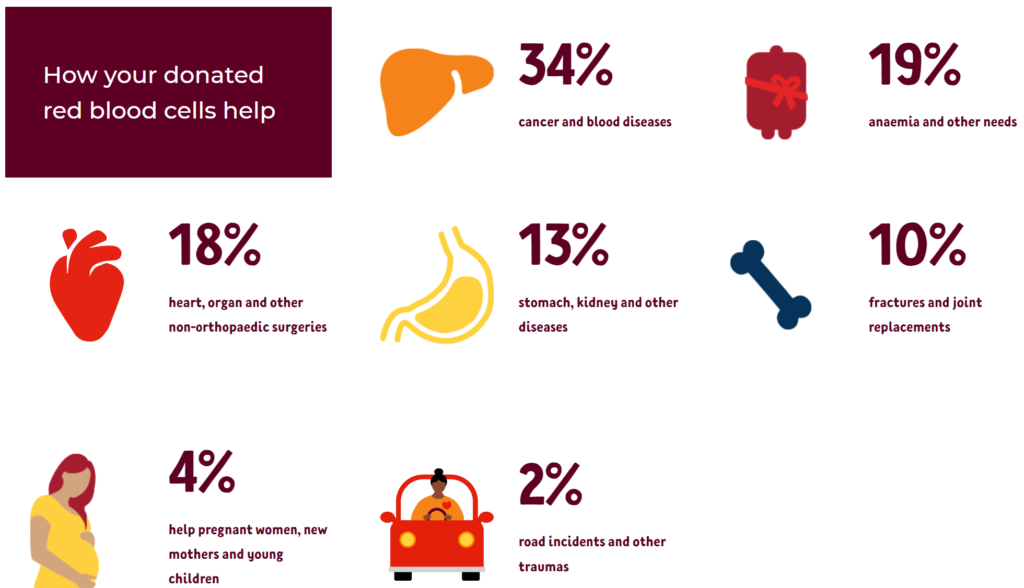
Image: Australian Red Cross Lifeblood, Why donate blood | Lifeblood
Want to donate?
If you’re ready to give life, start by checking availability at your nearest donor centre, whether you’re home or away.
April 2023 News Update
In this April 2023 News Update, CEO Council Chair, Guy Chalkley highlights our Concessions Campaign, AG + Energy Social Licence Roundtable as well as updates on our Collaboration on Biodiversity.
Community Benefit Sharing: Insights from RE Alliance
Last month, the Energy Charter’s passion for customers and communities was highlighted with our signing of a sector-first Collaboration Memorandum of Understanding (MoU) with RE Alliance.
RE-Alliance is an independent, not-for-profit advocacy organisation working to secure an energy transformation that delivers long-term benefits and prosperity to regional Australia.
This month we’ve invited Padmapriya Muralidharan, Communications Manager at RE-Alliance to share her thoughts on what an energy transition that benefits communities looks like, including the important role of Community Benefit Sharing programs.
Australia’s renewable energy transformation is bringing clean energy to power our homes, communities, businesses and industries.
Regional Australian communities who host the energy infrastructure are vital to how and how quickly we transition. It is crucial to consider that many host communities are witnessing the first ever, large-scale industrialization of their landscape. In the renewables industry, community benefit sharing programs have become an important output of community engagement programs, where developers can respond to regional communities’ aspirations by both mitigating project impacts but also sharing financial benefits with those communities evolved as an important measure to gain social licence in. Done well, such programs strengthen the relationship between developers and communities, which is especially important for those developers that will operate the asset for the long term. Most than just a way to deliver social licence for a project, benefit sharing programs are a way for host communities to build resilience and thrive.
A whole-of-community approach to energy in regional communities
As Australia approaches one hundred wind farms in operation, we can see wind energy’s pioneering role in the development of community benefit sharing programs. RE-Alliance’s 2019 report on wind energy in regional Australia investigated a range of benefit sharing mechanisms such as landholder payments, neighbour payments, community enhancement funds and community co ownership. Together, these funds were estimated to contribute between $56.5 and $61 million annually to regional communities. We have seen communities with existing capacity and strong leadership deploy these funds strategically to move towards their self-determined, long-term vision.
With the energy ecosystem evolving to include new modes of generation and increased transmission sited in large Renewable Energy Zones (REZs), the amount of funds contributing to regional communities is increasing. This is an opportunity to provide long-term investment to build strong and resilient regional communities. To grasp the unfulfilled potential of community benefit sharing programs we need to shift these programs from the current project-by-project, piecemeal approach and move to a whole-of-community approach.
Benefits of a whole-of-community approach
The whole-of-community approach delivers two important benefits. Firstly, it enables communities to move from only responding to small-scale or short-term requirements to addressing long-term needs, including capacity building. Secondly, it creates the space for collaboration and allows the community to identify their long-term vision, addressing the impacts of renewable energy developments and engaging with the opportunities such developments present.
The role of the host community in the community benefit sharing arrangements is important. When host communities play the role of active partners, with agency and capacity to direct community benefit arrangements for their communities, this creates an environment for increased social cohesion and more equitable sharing of benefits, ultimately strengthening the social and economic fabric of regional Australia
An energy system for all stakeholders
Our energy transition requires speed, but also justice. Community benefit sharing programs, done well, can deliver both a fast and just transition. With community benefit sharing, we have the opportunity to create an energy system that works for all stakeholders across the value chain – from individual hosts, communities, industry and the energy consumer.
RE-Alliance is conducting a study on the current state of community benefit sharing programs. The findings of this study will be released as a report that aims to improve community benefit sharing arrangements. If you would like to participate in the study, please contact padmapriya@re-qlliance.org.au.
Community of Practice – Inclusive and Accessible Engagement
‘Hard to reach’ or ‘easy to ignore’? That’s the question communication, engagement and customer specialists need to ask when they use the phrase “hard to reach”. Cohorts of the community that require us to be a little more proactive, or adjust our practices to accommodate participation, are all too often excluded from engagement and the opportunity to contribute to decision-making processes on issues that affect them.
In our first Know Your Customers + Communities session for 2023, we explored the topic of inclusion in engagement, particularly with vulnerable or marginalised groups within our community.
Based on her many years of experience as an engagement practitioner and facilitator, Nicola Wass, Director Engagement at RPS Group shared practical guidance on how to create more inclusive and accessible engagement programs that support people of all ages, abilities and backgrounds to participate, learn, contribute and belong.
Eve Rodrigues, Manager Customer and Community at Water Services Association of Australia (WSAA) shared this write-up on her take-aways from the session.
To kick off, Nicola reminded us about the importance of inclusive engagement.
She pointed out that often, those that ‘easy’ to engage are negatively motivated, or already have strong views about the engagement topic. Therefore, if the aim is to capture a broad set of perspectives that represent your customer base, or local community, it’s critical to purposefully engage with diverse groups. Importantly, this includes those from disadvantaged and minority communities who offer unique lived experience perspectives and whose voices are often underrepresented.
One key takeaway is that it may not be enough to simply engage with customers or community members that have a diverse range of backgrounds and lived experience.
In some cases, asking diverse groups to participate in the same engagement process together introduces barriers to participation. Participant biases, judgements or lack of insight into the lived experiences of others can lead to participants being reluctant to contribute, or at worst feeling that they are not psychologically, emotionally or culturally safe.
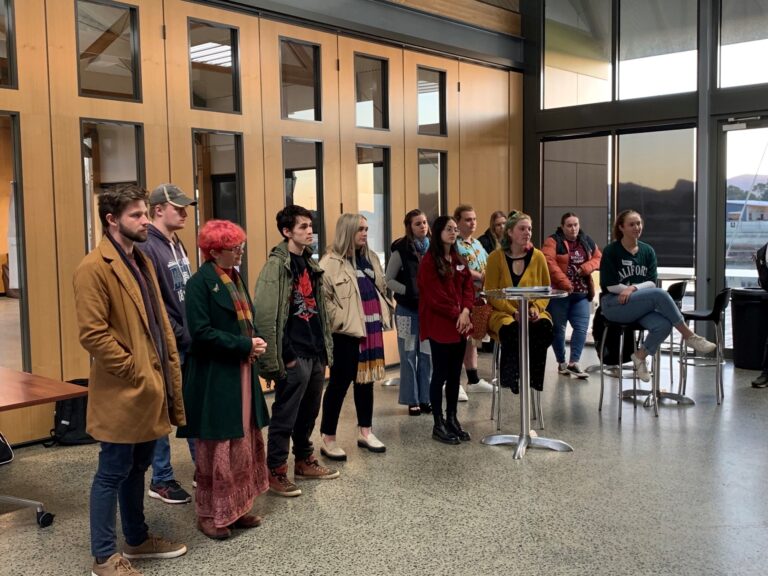
One option, particularly for short engagement processes, where there is not sufficient time build the foundations of an inclusive group culture, is to offer tailored engagement opportunities for people that have identified as belonging to a specific group, or who have the same communication or accessibility needs.
These more individualised processes are often valued by participants, who feel supported being able to share their perspectives with others who have experienced similar situations. A good example of this is the mini-panels that Yarra Valley Water ran as part of the engagement for their pricing submission (p24), or TasNetworks Youth Panel for the North West Transmission Developments (pictured right).
Nicola also pointed out that good facilitation is a crucial part of the engagement process. An experienced, independent facilitator can help to ensure that your business communicates in an unbiased and inclusive manner, including ensuring that questions are not leading.
She explained that participants should always know: there are no right or wrong answers and they are there because their perspectives and lived experience is valued.
Critical Success Factors
- Active, targeted recruitment: It’s important to develop relationships with advocates, networks and community groups that work with diverse groups in advance of any engagement. They are an excellent source of knowledge and it’s important to invest in these relationships outside of a particular engagement process.
- Audience-centered communication: This includes considering what will attract participants to the process, as well as how to carry out the engagement in a way that creates a safe space and provides the best environment for the particular group. For example, the use of diagrams for those who have low literacy, or providing accessible material well in advance for those who are vision impaired.
- Fair financial recognition: Financial compensation is essential to get an unbiased view and ensure that we properly recognise the value of participant time and context expertise.
- Accessible, inclusive participation: Means anticipating and listing to individual needs, prioritising support, and always checking-in. For example, do they need a support person, a scribe, transport assistance or child-minding support to ensure they are able to fully participate?
Delivering on an organisational commitment to ‘best-practice’ in accessible and inclusive engagement can be challenging. However, it is critical to build organisational capability, bring in experts when needed, and avoid ‘tick the box’ engagement programs at all costs. Poor engagement can be harmful to participants and damages trust and relationships communities and advocates.
Lastly, it’s important to demonstrate the positive impacts of each person’s contribution. One of the most powerful drivers for individuals to be involved in engagement is knowing that they made a difference to others in their situation or community. Feedback or “closing the loop” is an essential part of the process.
Watch the ‘Accessibility and Inclusion in Engagement’ session
If you would like to watch the Know Your Customers + Communities – Accessibility and Inclusion in Engagement session that explored inclusion in engagement, particularly with vulnerable or marginalised groups within our community, you can watch the recorded session here.
About this event
This event was part of the ‘Know Your Customers + Communities’ Community of Practice dedicated to building capability around robust and fit-for-purpose customer, community, and stakeholder engagement, and building organisational cultures that value the customer voice in decision making.
Know Your Customers + Communities is a collaboration with between the Energy Charter and Water Services Association of Australia under our Collaboration Memo of Understanding (MoU).
To become a regular member of this Community of Practice, please contact Bec Jolly, Director Collaboration at bec.jolly@theenergycharter.com.au.
March 2023 News Update
In this March 2023 News Update, CEO Council Chair, Guy Chalkley, highlights our sector-first Collaboration Memorandum of Understanding with RE Alliance. We also share on recent events, plus our #BetterTogether initiatives, including the launch of the Disaster Response Playbook, Cost-of-Living Supports, Landholder and Community Social Licence and the Customer Code ‘Knock to Stay Connected’.
Collaboration spotlight: Energy transformation that delivers benefits to regional Australia
Highlighting the Energy Charter’s passion for customers and communities, is our signing of a sector-first Collaboration Memorandum of Understanding (MoU) with RE Alliance.
RE-Alliance is an independent, not-for-profit advocacy organisation working to secure an energy transformation that delivers long-term benefits and prosperity to regional Australia. It starts with the needs of local communities, collaborates with industry to deliver social outcomes, and advocates for meaningful benefits for regions. We’re delighted to be working closely with CEO, Andrew Bray and the team on issues of social licence, biodiversity and renewables.
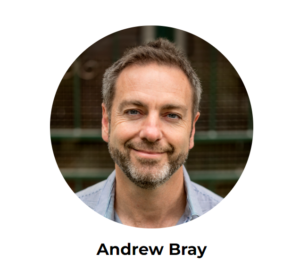
“As an independent community organisation, RE-Alliance has over a decade of experience in bringing community voices to the development conversation, especially voices that are often silent or less heard in the mainstream transformation narrative.
“Our experience with regional communities has shown us that the challenges and opportunities through the energy transformation are unique to each community.
“In order to create long-term trust in the transformation, it is important to understand the impacts of developments at the community-level and let this understanding drive solutions, engagements and partnerships in the community” says Andrew Bray, National Director of RE-Alliance.
Why a Collaboration MoU?
The purpose of our Collaboration MoU is to create a high-level commitment to collaborate for customer and community outcomes through the energy transformation. The MoU seeks to deliver outcomes through collaboration, co-design and harnessing mutually beneficial opportunities.
Together, RE-Alliance + Energy Charter aim to:
- Build trust between RE-Alliance, regional community stakeholders and Energy Charter signatories and collaborators
- Drive collaboration through sharing data, research and insights on lived regional community experience in the energy transformation
- Leverage innovative opportunities to support regional communities impacted by the energy transformation
- Foster a culture of listening and learning from each other, particularly around the lived experience of regional communities and showcasing examples of better practice.
Our 2023 Collaboration Roadmap
Together, RE Alliance + Energy Charter have three core objectives for 2023.
1. Increased awareness of regional community issues in the energy transformation
Together, we’ll reinforce the importance of regional communities in the energy transformation and the opportunities for better outcomes through collaboration.
2. Tangible collaboration
Together, we’ll explore opportunities to create shared value and continue to work together on landholder co-existence, biodiversity and renewables initiatives.
3. Showcase better community outcomes
Together we’ll share “lighthouse” activities in the energy sector or other sectors to inspire change for regional communities.
Resilience: Building it and relying on it in the face of disaster
Resilience is the capacity to withstand or recover quickly from difficulties – it is essentially a measure of toughness. And unfortunately, it’s become the buzz word of the 2020’s, with a global pandemic and cumulative, compounding natural disasters testing individuals and communities around the world.
Here in Australia, the Royal Commission into National Natural Disaster Arrangements, established that regrettably, that these events will be more frequent and more severe placing increased stress on existing emergency management arrangements.
Meanwhile, changing technology is resulting in growing cross dependencies for many key services, especially in the area of communication.
So where does this leave us? How can we help our customers to be more resilient and put plans in place before a disaster event?
Following the launch of the Thriving Communities Partnership (TCP) Disaster Planning and Recovery Collaborative Research in November 2021, Energy Charter signatories created the #BetterTogether Resilience initiative to look at ways to practically implement the TCP recommendations across the energy supply chain.
Together, they identified an opportunity to work together to better support customers before, during and after a disaster event by co-designing a Disaster Response Playbook (playbook) for the energy sector.
The playbook offers guidance around the roles, processes, and use of emergency response agency information to enable a more coordinated and process driven approach to customer support during this time.
Recently Ciara Stirling, TCP CEO joined us for the panel discussion to launch the playbook. She opened the session noting that natural disasters have both a “layered impact” and “long-tail”.
“Twelve months after a disaster, many people remain in difficult circumstances, including navigating a financial maze and the mental health impacts of trauma and stress,” she said.
From community awareness of what a disaster is, to inadequate infrastructure in disaster prone areas and under- insurance, Ciara called out that our biggest opportunity to build resilience is to better coordinate before, during and after an event.
When asked “How do we better collaborate and co-design solutions?”, panelist Michael Dart, Executive General Manager – Customer at Energy Queensland said, “You can never ever collaborate too much – it’s not possible, because you’ll always learn something new from a diversity of views.”
He also called out the importance of building and maintaining trust, “Trust meanders into town on a tricycle and it leaves in a Formula 1 Ferrari.
“It’s built up over a long period of time, it requires you to know your customers, deliver value and make it easy for them in everything thing everything you do.”
He adds, “In a disaster it’s important to ensure your communication is in lockstep with other providers and utilities and that your response is above and beyond what you’d usually provide.”
During the discussion, panelist Rob-Amphlett Lewis, Chief Customer Officer at Ausgrid noted that enabling coordination comes down to being more prepared.
He says, “We must never waste a crisis – if we take advantage of what we learn and work together as a result of these crisis events, we can do things better for our community in the future.”
He shared that Ausgrid had invested in modelling research to assess how climate change is likely to impact Ausgrid’s electricity network and which areas are most prone to weather related disasters. With this information, Ausgrid are now proactively working with targeted Local Councils and community groups to increase readiness for a coordinated disaster response.
He says, “Resilience and disaster response isn’t the responsibility of just the network, it the responsibility of a community. We’re constantly asking, ‘Who else needs to be involved?'”
He also pointed out that an essential part of preparedness is listening, “You can’t really understand what as a business you need to do, if you don’t understand what your customers want”, he explained.
From trust to preparedness all panelists agreed that, building disaster resilience comes down to the following:
1. Communication & Education – where do we get information, how is it delivered and who needs to know. Education around safety and processes, resilience, and operations
2. Coordination & Collaboration – work together within the sector and across the ecosystem
3. Planning & Preparedness – playing a role in collectively building community and individual planning and preparedness
4. Learning Loops & Better Practice – sharing back for continuous improvement and action. There is ample research showing that individual level resources contribute to the positive adaptation after disasters.
The Disaster Response Playbook includes key recommendation on each of these focus areas, to enable organisations to flexibly respond to their own customers and community’s needs.
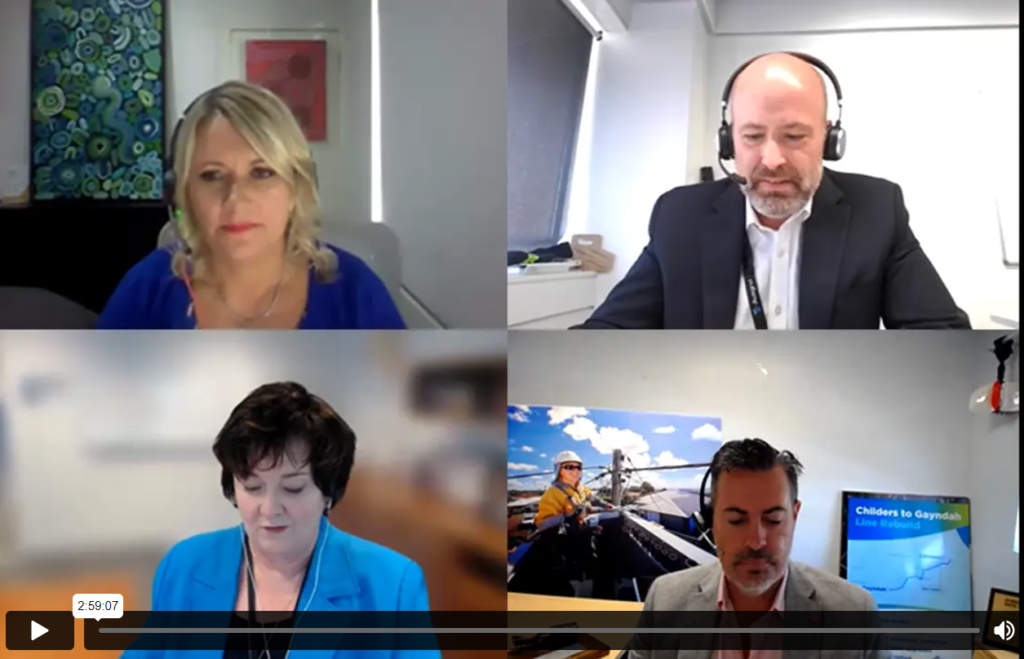
Want to keep the conversation going?
Join our Resilience Community of Practice! Please contact Amy Abraham, Director of Innovation for more information.
Foresighting the future for Customers + Communities
Energising Australians Foresighting Forum 2023
Energy Consumers Australia’s flagship Foresighting Forum brought together the energy sector to discuss key issues affecting consumers with the theme of “Energising Australians”. Leaders, decision makers, advocates and thinkers from across and beyond the energy sector explored the future of the energy system, the role of consumers in it, and the challenges and opportunities it brings.
Our Executive Director, Sabiene Heindl and Director Innovation, Amy Abraham attended the Forum in Sydney on 15 and 16 February. These are their reflections.
The Challenge
Energy Consumers Australia states that the challenge is “The energy system is moving towards a smarter, low-carbon future energy system. We’re seeing a shift from a system primarily powered by a small number of large generators to one with many smaller ones, distributed across our communities. In addition, the uptake of renewable generation means there will be times when energy is abundant and times when it is scarce.
These changes are creating challenges for the grid, and there has been a clear focus on ensuring the power system continues to deliver reliable energy supplies.”
Reflections on the challenge
While there are fundamental challenges to the traditional Tesla Edison model of the energy system, there are also many opportunities for consumers, particularly around Consumer Energy Resources (CER): electric vehicles, batteries and solar, microgrids and community batteries. Speakers from the United Kingdom and United States shared on developments in their jurisdictions including energy as a service, Living Labs, the platform economy and ways to ensure a fairer future through collaboration with the health sector.
The Focus
Energy Consumers Australia set the focus on “What is less clear is the role that consumers will have in this future. Our current regulatory frameworks are not fit for purpose to support the active and constructive role we are counting on consumers to play to manage their energy use and generation to benefit themselves and the system.
We need to change our approach in two ways. First, by flipping how we view system problems and framing them from a consumer’s perspective, considering the barriers and constraints that they face. And second, by understanding the ways the system is, and isn’t, working for consumers.”
The future of the energy system
Increasingly, genuine consumer and community engagement is guiding the future of the energy sector because, “What got us here, isn’t going to get us there” (Marshall Goldsmith). The use of strategic conversation to listen to “voices for everyone” across First Nations, customers in vulnerable circumstances, small business and the agricultural sector is essential to the redesign of the sector to align with community expectations.
So, there is much to do and at the Energy Charter we are committed to doing it #BetterTogether. Only through collaborating within the sector and with other sectors will allow us to put humans at the centre of our energy system.
Energy Charter announces cost-of-living support for customers and new CEO Council Chair 2023
Welcome to Guy Chalkley, Chair of the CEO Council for 2023
Energy Charter signatories today welcomed Guy Chalkley, CEO of NSW electricity distributor Endeavour Energy, as the new Chair of the CEO Council for 2023.
“The Energy Charter is a voluntary, CEO led group of like-minded Australian energy organisations with a shared purpose and passion for customers and communities,” Guy said.
“We collaborate across all parts of the energy supply chain to deliver better energy outcomes for our customers and communities”
“By working together, we are capable of so much more. We can be bold and resolve system wide issues so that all Australians benefit from a brighter energy future. I am delighted to Chair the Energy Charter CEO Council in its fifth year of operation.”
“I also welcome the CEO Council’s recent decision to publish a joint Statement of Support (SoS) that sets out how Energy Charter signatories are responding to cost-of-living pressures experienced by their customers and communities across Australia.”
The SoS (available here) is a commitment to align action on key relief, support and prevention measures that assist customers and communities facing vulnerable circumstances.
In addition to existing programs in each businesses, the SoS features new collaboration commitments including:
- A nationally coordinated concessions’ awareness and engagement campaign
- Expanding the successful NSW based energy literacy program for culturally and linguistically diverse communities into Tasmania, South Australia, Western Australia and the Northern Territory to support communities facing cost-of-living vulnerability.
The SoS marks the Council’s first collaborative commitment under the Priority #BetterTogether (#BT) on Cost of Living and complements work already underway through the Landholder and Community Social Licence and Knock to Stay Connected Priority #BTs.
“The Energy Charter’s big opportunity is to keep humans at the centre of the design and delivery of energy solutions; to understand and navigate the changing needs of customers and communities as we transform to a cleaner energy future.
“There is no other collaboration like the Energy Charter; and the work we do, together, has never been more important than it is today,” said Guy.
The Energy Charter CEO Council acknowledged and thanked out going Chair, Rebecca Kardos, the previous Aurora Energy CEO, for her outstanding leadership during 2022 and for expertly guiding the 3-Year Strategic Review of the Energy Charter.
Background
Guy was appointed Endeavour Energy CEO in December 2019 and took up the position in April 2020. He is a highly regarded energy industry leader and influencer, and a board member of Energy Networks Australia, the peak national body representing gas distribution and electricity transmission & distribution businesses throughout Australia.
Guy has a wealth of international, financial and operational experience gained across a diverse range of sectors operating and residing in Australia, Asia, Africa, Europe, and North and South America.
Guy was appointed CEO of Western Power in 2016, a Western Australian State Government-owned transmission and distribution network corporation, after earlier roles including Chief Financial Officer. Prior to joining Western Power, he worked for a decade at Veolia Water and Thames Water in senior finance and regulatory director roles.

